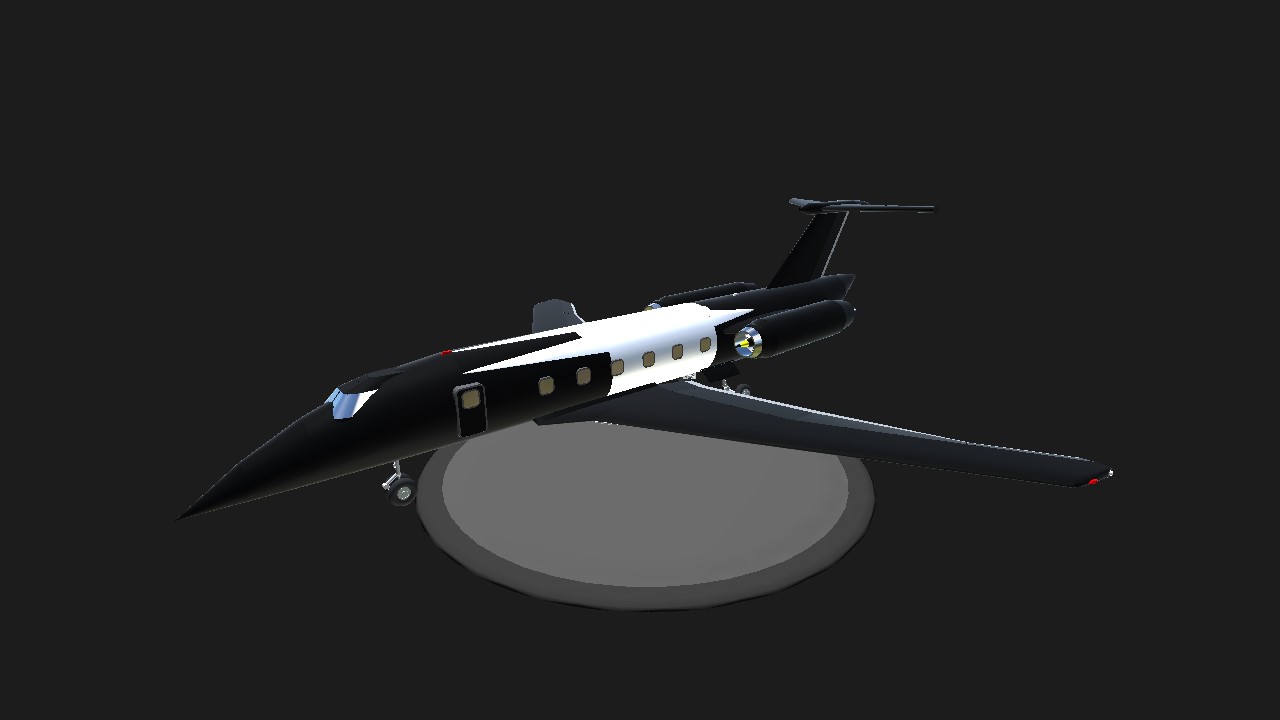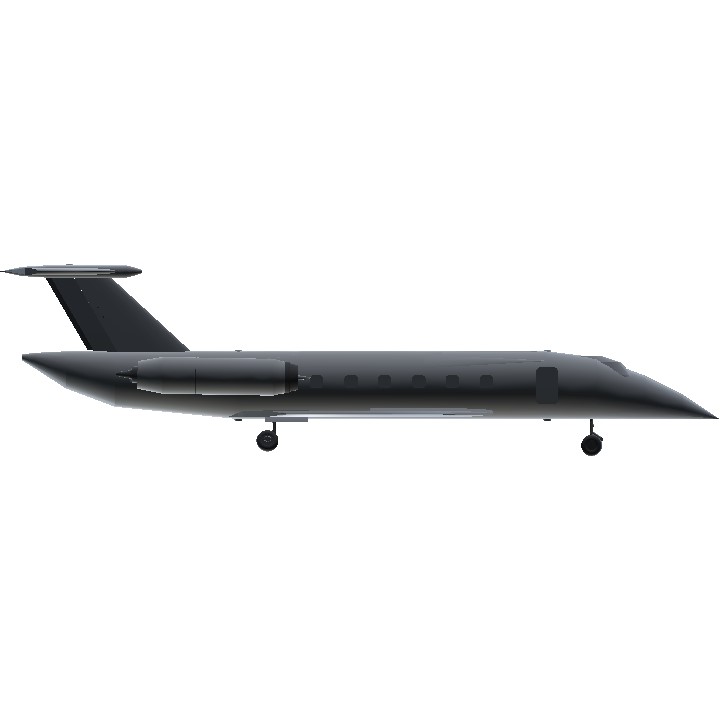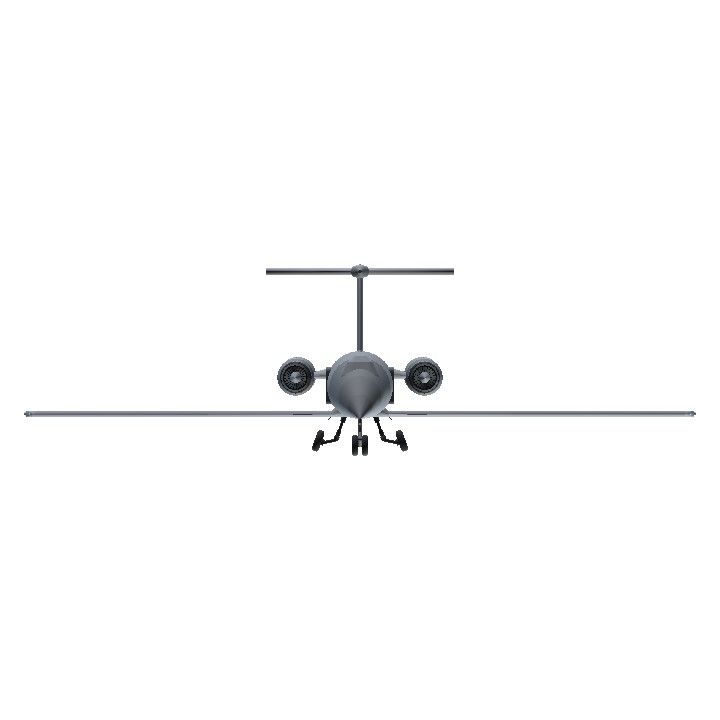Specifications
General Characteristics
- Created On Android
- Wingspan 89.1ft (27.2m)
- Length 95.7ft (29.2m)
- Height 25.5ft (7.8m)
- Empty Weight 28,298lbs (12,836kg)
- Loaded Weight 63,749lbs (28,916kg)
Performance
- Power/Weight Ratio 4.23
- Wing Loading 50.2lbs/ft2 (245.2kg/m2)
- Wing Area 1,269.1ft2 (117.9m2)
- Drag Points 22561
Parts
- Number of Parts 191
- Control Surfaces 0
- Performance Cost 925







@ChiChiWerx thank you! I'll fix the rear landing gear right away and the lights in the fuselage and on the tail and the engine as well. :)
Also, why is that rear landing gear in the tailcone? Almost all jets like yours have the rear LG directly under the wings. This puts the LG and CoM very close, allowing the horizontal stab to push down enough during takeoff to raise the nose and make the jet takeoff. Where you currently have the LG doesn’t allow that tail to raise the nose because of the huge moment arm (distance between the CoM and the rear LG) it has to overcome. Currently, your jet has to accelerate to over 230 mph/200 knots (F-105 or Su-11 speed) to takeoff, when it should be able to rotate and takeoff closer to 150-170 mph/130-150 knots.
It accelerates way, way too fast: Use “calculateDrag=false” on most parts (there’s only 191 parts, so easy) until you get it down to 3,000-4,000 total drag points. All details, landing gear parts, lights, markings, etc., should have no drag associated. Then reduce engine power way down until it accelerates realistically.
Lights on the wingtips are realistic, but I would move both the fuselage strobes and anticollision beacons on the top and bottom of the fuselage closer together and closer to the center of the fuselage. Also, move the white nav light on the tail to the trailing tip of the tail, with this configuration, at the tip of the top bullet between the horizontal stabilizers. That way, aircraft approaching from behind can see the tail light regardless of they are high or low relative the other plane.